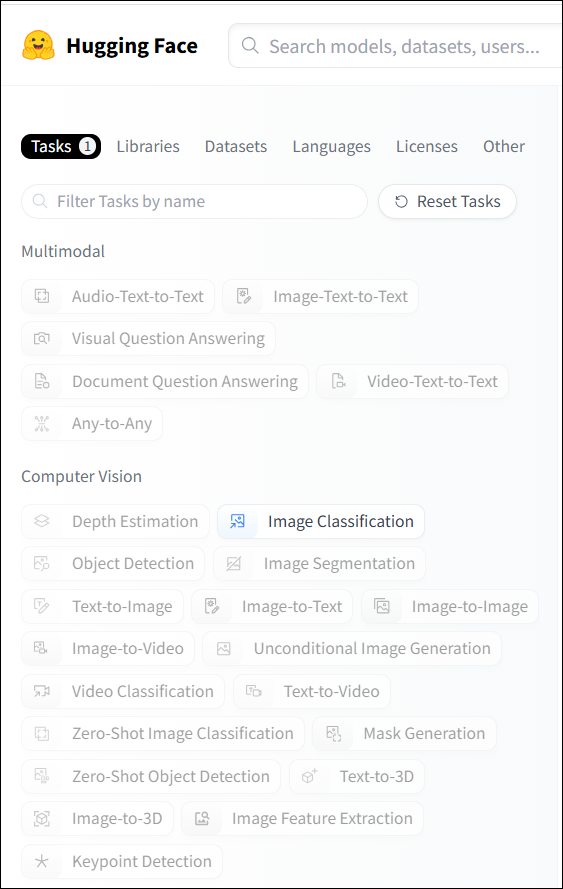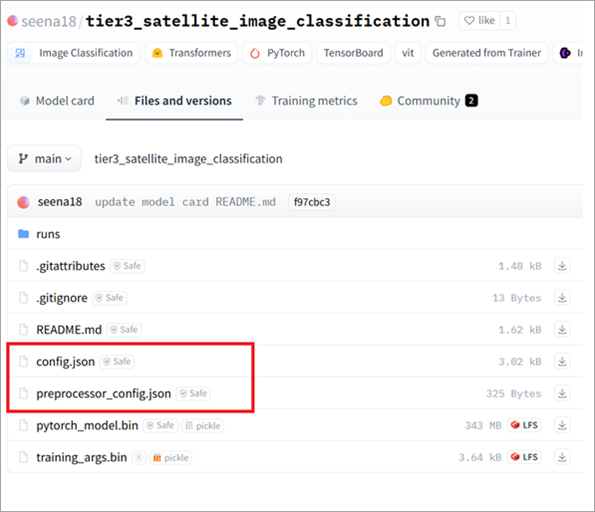You can use the HF Object Classification pretrained model in the Classify Objects Using Deep Learning tool available in the Image Analyst toolbox in ArcGIS Pro.
Classify objects
Complete the following steps to use HF object classification from the imagery:
- Download the HF Object Classification model.
- Click Add
data to add an image to the Contents pane.

You'll run the prediction on this image.
- Click the Analysis tab and click Tools.

- In the Geoprocessing pane, click the Toolboxes tab, expand Image Analyst
Tools, expand Deep Learning, and select the Classify Objects Using Deep Learning tool.

- On the Parameters tab, set the variables as follows:
- Input Raster—Choose an input image from the drop-down menu or from a folder location.
- Output Classified Objects Feature Class—Set the output feature layer that will contain the classification label and confidence score.
- Model Definition—Select the pretrained model .dlpk file.
- Arguments—Change the values of the arguments if
required.
- huggingface_id—The model ID of a pretrained HF object classification model hosted on huggingface.co
Note:
This model supports only single-label classification and does not support multi-label classification.
Image classification models can be filtered by choosing the Image Classification tag in the Tasks list on the Hugging Face model hub, as shown below:

The model ID consists of the {username}/{repository} as displayed at the top of the model page, as shown below:

Only those models that have config.json and preprocessor_config.json are supported. The presence of these files can be verified on the Files and versions tab of the model page, as shown below:


- huggingface_id—The model ID of a pretrained HF object classification model hosted on huggingface.co
- On the Environments tab, set the variables as follows:
- Processing Extent—Select the default extent or any other option from the drop-down menu.
- Cell Size—Change if required.
Note:
- Full Image Processing Recommendation: To process the full image without generating a fishnet grid, do not specify both the Input Features and Cell Size parameters.
- Fishnet Grid Output: If Input Features is not provided (that is, the entire image is processed) but Cell Size is specified for a geo-referenced raster, the output feature layer will be created as a fishnet grid.
- Processor Type—Select CPU or GPU as needed.
It is recommended that you select GPU, if available, and set GPU ID to the GPU to be used.

- Click Run.
The output layer is added to the map. The ClassLabel column of the attribute table contains the predicted class and Confidence column contains the confidence score.
